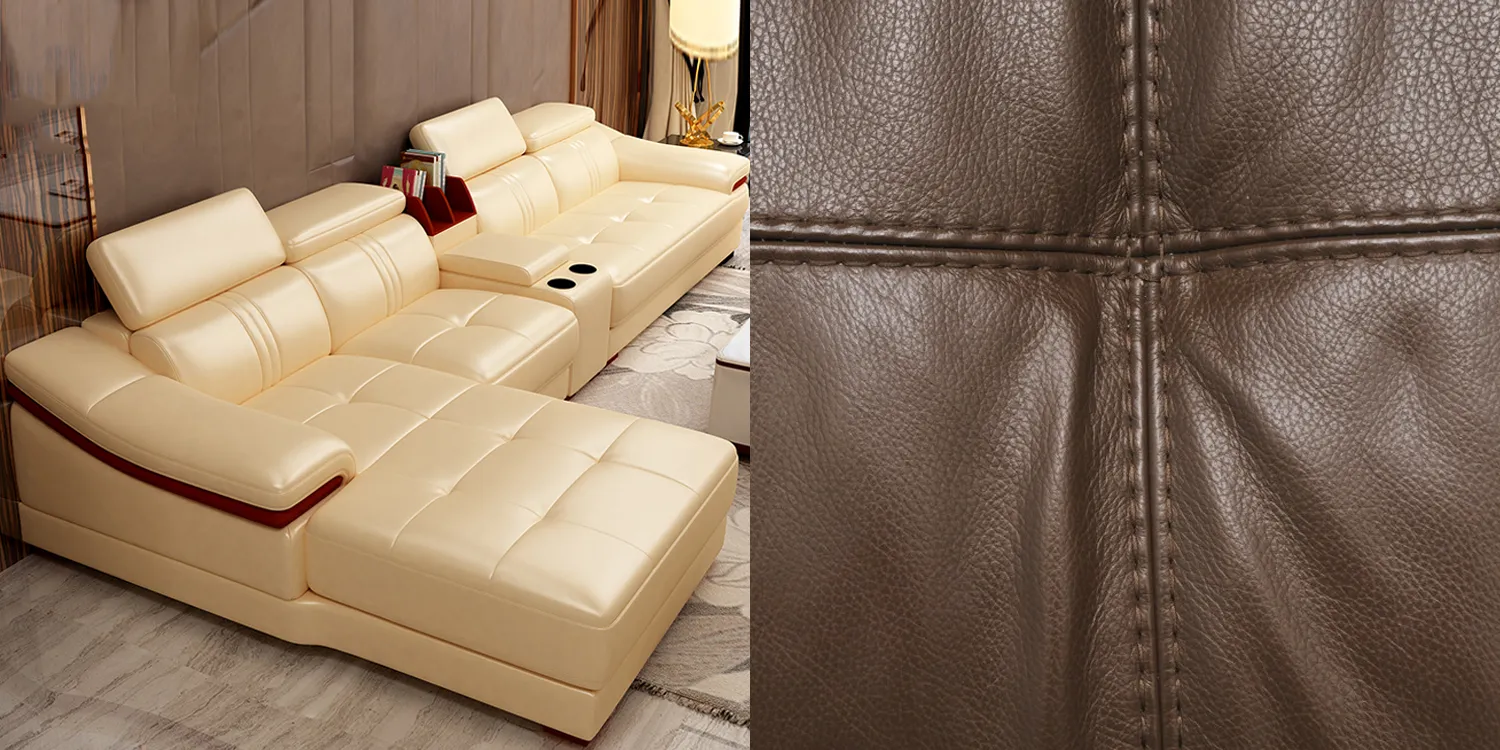what is overlock sewing
Understanding Overlock Sewing A Comprehensive Guide
Overlock sewing is an essential technique employed in the garment industry and among hobbyists for finishing seams and creating professional-looking edges on fabric. If you've ever wondered what an overlock machine does or how it differs from traditional sewing methods, this article will elucidate the significance and functionality of overlock sewing.
What is Overlock Sewing?
Overlock sewing refers to a method utilized by overlock machines, also known as sergers, which simultaneously sew, trim, and finish the edges of two or more pieces of fabric. This process prevents fraying and creates a clean, polished edge, making it a staple in apparel construction and home sewing projects.
Overlock machines utilize a combination of threads—typically, they can use three to five threads. Each thread serves a particular purpose; some create the stitches that hold the fabric together, while others wrap around the edge to prevent fraying. This multifaceted approach results in a strong, elastic seam that can handle the tension and stretch of various fabrics, particularly knits and jerseys.
Key Features of Overlock Sewing
1. Edge Finishing One of the primary advantages of overlock sewing is its ability to finish edges quickly. This is crucial in preventing woven or knit fabrics from unraveling, ensuring the longevity of garments.
2. Speed and Efficiency Overlock machines are designed for high-speed production. Unlike traditional sewing machines, which require separate steps for cutting, sewing, and finishing, overlock machines consolidate these actions, significantly reducing the time spent on seam finishing.
3. Versatility with Stitch Types Overlock machines offer various stitch options, allowing users to customize their approach based on the fabric and desired finish. For instance, a 3-thread overlock stitch is commonly used for lightweight fabrics, while a 4-thread stitch provides extra strength, making it suitable for heavier materials.
what is overlock sewing

4. Sewing Knits and Stretch Fabrics Overlock sewing is particularly advantageous when working with stretchy materials. The nature of overlock stitches provides flexibility, making it ideal for activewear, swimwear, and casual garments that require movement.
Applications of Overlock Sewing
Overlock sewing is prevalent in various applications within the fashion industry and home sewing. It is widely used for
- Clothing Construction From t-shirts to dresses, the technical edge finishing provided by overlock machines adds a professional touch to ready-to-wear collections.
- Quilting Quilters often employ overlock techniques to finish raw edges, allowing for neat intersection points and a polished overall appearance.
- Lingerie and Swimwear The stretch and durability of overlock seams make them a go-to choice for intimate apparel and swimwear, where both comfort and elasticity are critical.
Conclusion
In summary, overlock sewing is a vital component of modern garment construction, with its ability to finish seams quickly and effectively. Whether you are a beginner or an experienced sewist, incorporating overlock techniques into your toolkit will undoubtedly enhance your sewing projects and provide you with a finish often seen in commercial garments. Investing in an overlock machine might be one of the best decisions for your sewing journey, paving the way for creativity, efficiency, and professional results in all your fabric endeavors.
-
Industrial Cylinder Arm Sewing Machine: Revolutionizing Heavy-Duty SewingNewsJul.28,2025
-
Cylinder Arm Sewing Machine: Perfect for Special Sewing ApplicationsNewsJul.28,2025
-
Cylinder Bed Sewing Machine: Essential for Sewing Complex MaterialsNewsJul.28,2025
-
Heavy Duty Sewing Machine: The Essential Tool for Industrial ApplicationsNewsJul.28,2025
-
Computerized Pattern Sewing Machine: Revolutionizing Precision StitchingNewsJul.28,2025
-
Heavy Duty Industrial Sewing Machine: Power Meets PrecisionNewsJul.28,2025
-
Leather Sewing Machine: The Industrial Standard for Tough MaterialsNewsJul.18,2025





























